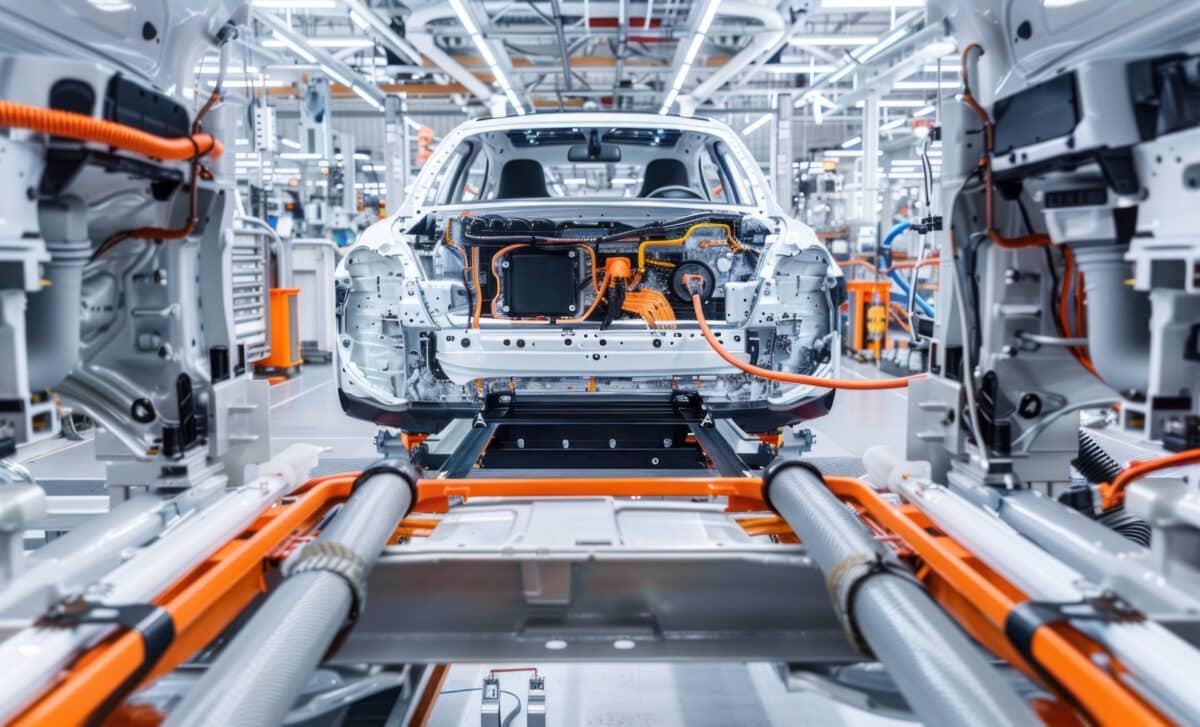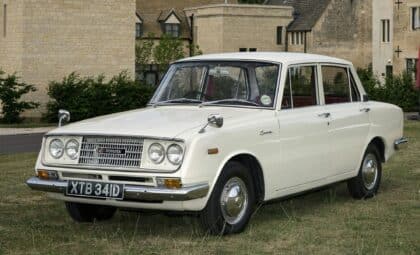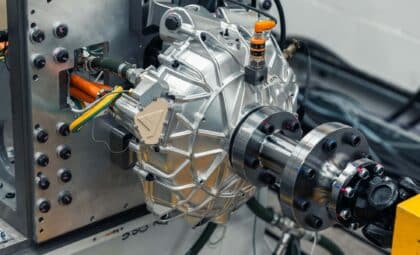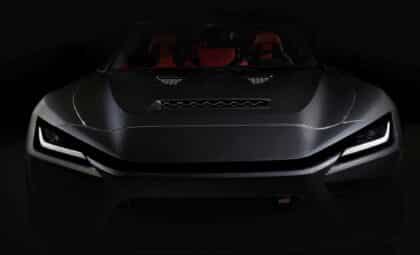The change in approach follows a recent trade agreement between the United States and Japan, which included a reduction in auto import tariffs and significant Japanese investment in US operations. With Japan’s safety certification process also under review, importing cars from American plants has suddenly become a realistic option for two of the country’s biggest manufacturers.
Amid fluctuating exchange rates and domestic operational issues, this move would allow the automakers to leverage their underused US manufacturing capacity while satisfying market demand in Japan. For both companies, the prospect of shipping American-built models to Japanese dealerships is increasingly seen as a pragmatic response to short-term instability and long-term structural shifts in the auto industry.
Toyota President Confirms Plan Under Consideration
Toyota president Koji Sato confirmed last week that the company is now actively reviewing which American-made models could be imported into Japan. Though he did not name specific vehicles, the announcement signals a serious internal discussion on the potential role of US production in Japan’s domestic market.
This initiative comes just months after the US and Japan reached a trade agreement in July. The United States reduced the import tariff on Japanese vehicles from a proposed 25 percent to 15 percent, and in return, Japan committed $550 million in investment to US operations. According to Motor1, this new agreement has likely created the breathing room for Japanese automakers to consider reverse imports.
While Toyota has not identified models or timelines, its wide range of US-made SUVs, trucks, and sedans—produced across several American factories—could offer a flexible base for exports back to Japan, especially as consumers there show renewed interest in roomier vehicles.

Nissan Explores Bringing Back Discontinued Models
Nissan is also exploring similar plans, particularly for vehicles like the Murano and Pathfinder. These models, both built in the US, are being reconsidered for the Japanese market after previously being phased out. As stated by Nikkei Asia, Eiichi Akashi, Nissan’s Chief Technology Officer, indicated that larger vehicles are gaining popularity in Japan, which could justify reintroducing these models.
The company faces a deeper set of operational issues than Toyota. Following a prolonged period of financial strain, Nissan has closed multiple factories, laid off approximately 20,000 workers, and gone through a CEO replacement. The new CEO, Ivan Espinosa, is now tasked with turning around the company’s trajectory under tough conditions.
With its Canton, Mississippi plant reportedly underutilized, Nissan had even explored the idea of building Honda-branded pickup trucks to fill capacity. If that plan falls through, using the plant to produce Nissan models for the Japanese market could serve as a fallback solution to maintain factory activity.
Government and Trade Developments Create a More Open Path
The Japanese government is considering regulatory adjustments that would streamline the process of certifying US-built vehicles for sale in Japan. This administrative shift could remove one of the primary obstacles to reverse importing and allow automakers to act more quickly on their plans.
These regulatory considerations are unfolding as Japanese automakers prepare to outline their production and import strategies in light of the new trade deal. According to NHK, the timing of the announcement aligns with wider government efforts to support economic resilience through flexible manufacturing and import policies.
By repurposing their US production lines to serve Japanese demand, both Toyota and Nissan may be able to offset local losses, improve plant efficiency, and deliver products that resonate with evolving customer preferences—all while adapting to a currency environment that favors imports over domestic builds.









